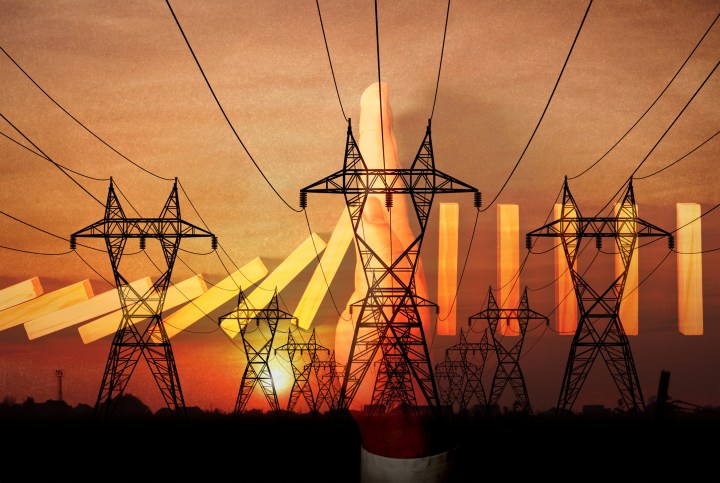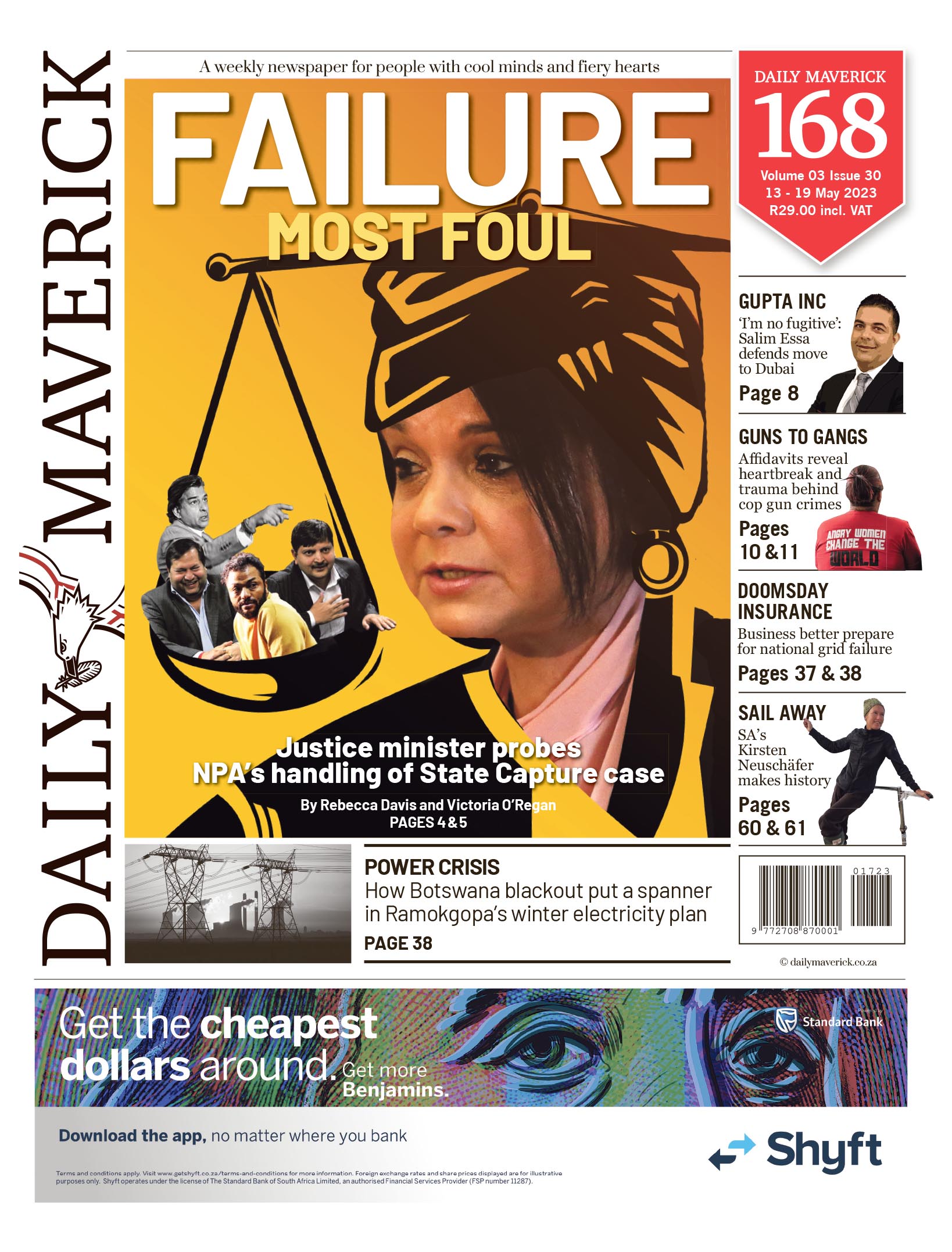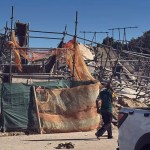POWER CRISIS
Eskom grid failure — ‘Sasria’s job is to find an insurance solution’

Specialist national insurer Sasria sparked a storm with its announcement that it would not cover claims related to national electricity grid failure — followed by a backtrack after complaints about a lack of consultation.
Former Sasria CEO Cedric Masondo, who worked at the company for 11 years, was particularly scathing when he addressed the topic at a PSG Konsult conference in Sun City.
“If there’s a grid failure, it’s likely to be followed by looting, riots and damage,” said Masondo.
“If Sasria is successful in implementing this grid failure exclusion, it means millions of properties and businesses will not be protected. What will be the impact on the economy? It’s easy to walk away from the problem, without trying to find a solution.”
He went on: “Sasria’s job is not to walk away. Its job is to come up with capital to ensure that, if there is grid failure and riots, businesses will be protected.”
July 2021 riots
Masondo was at Sasria when the insurer faced a deluge of claims after the July 2021 riots in KwaZulu-Natal and Gauteng, with damage estimated at R40-billion.
At the time, Sasria met the South African Revenue Service and was told that if Sasria did not settle claims as quickly as possible, it would have an impact on the National Budget.
Masondo revealed that, after the riots, he approached insurers to ask if they would be willing to become shareholders in Sasria to help recapitalise it, and, without exception, they turned him down.
The row over the exclusion of national grid failure as an insurable event started in December, when the country’s largest insurer, Santam, sent policyholders a letter alerting them to the impending exclusion. Other insurers followed suit, including Hollard, Naked, Outsurance, Budget and Old Mutual Insure.
The decision came as reinsurers indicated they would not provide coverage in the event of grid failure.
Insurers are seeing increasing claims for damage to equipment due to power surges following planned rolling blackouts. These scheduled events are not grid failure, so some insurers have not excluded claims, though a blackout is not strictly an insured peril.
Muzi Dladla, manager of stakeholder relations at Sasria, told radio station Hot FM that Sasria was following in the footsteps of reinsurers in saying that claims related to national grid failure would not be covered.
After a public outcry, Sasria retracted its statement “so that we can have a little bit more engagement with the entities that we use for distribution, with some brokers that provide advice and, most importantly, with National Treasury because we are owned by Treasury”.
Grid collapse disaster management
Dladla said if the exclusion remained in place it would mean any damage to buildings, or any looting or other damage, would not be covered.
Guy Jameson, consultant at GIB Insurance Brokers, said companies needed to start thinking about disaster management in the event of grid collapse.
“Though the likelihood of a total blackout is low, the consequences of such an incident could be devastating, making it worth preparing for. The primary threat is the time it takes to bring a system back up from collapse, with estimates stretching to weeks rather than days,” he said.
Major considerations include the failure of telecommunications networks and financial systems, as well as water and fuel shortages.
“This scenario could see current logistics and supply chains becoming unstable, increasing the potential for fuel shortages. Generators requiring diesel could become less reliable than backup solutions such as solar-powered systems. Regular data backups are now more important than ever,” added Jameson.
Continuity plans for blackouts and grid failure differ. Blackouts can be managed with on-site backups for hours. But large-scale grid failure means backups must work for much longer and must have provisions for tech, telecoms, water supply and logistics.
Jameson said the ambiguous wording from insurers raised questions: “If grid failure results in any other public supply being affected, for example, water, then any consequential loss might also not be covered.”
Jason Griessel, head of Cushman & Wakefield/Broll Strategic Risk Services, noted that grid shutdown had not been contemplated much – until now.
“Recent announcements have brought this possibility to the fore… We have been assured a total collapse of the grid is improbable. Nevertheless, it is a possibility and businesses should prepare if they can, especially with signs pointing to grid failure and reinstatement ultimately being an uninsurable event,” he said.
It will take weeks, not days, to fix
Griessel’s company has studied grid failures elsewhere, including recent incidents in the US and India. Restoring electricity takes from three to eight days.
“It takes more than simply flicking a switch to restore an electricity grid. Considering the time it takes emergency services to respond in an overwhelming crisis, criminal sabotage during power outages, and a crumbling electricity grid that isn’t designed to be repeatedly stalled and jumpstarted, there is consensus that restoring a failed Eskom grid could take longer – two weeks or more.”
Cushman & Wakefield/Broll Strategic Risk Services has modelling to understand the issue. Things businesses might face as a grid is being restored could include disruption of telecoms and logistics, along with food, water, medical and fuel supplies.
Griessel noted that cellular and fibre networks required electricity, but satellite networks did not.
He added that retail property owners and retailers would do well to plan for the operation of grocery, pharmacy and other essential services, because shopping centres are hubs of sustenance and communication in communities, and this role would be amplified in a prolonged period of grid restoration.
Explainer
Grid failure occurs when there is more electricity demand on a network than available supply. When demand exceeds supply, it creates an imbalance in the system and the grid operates at a lower frequency than it is designed for, resulting in partial interruption, interference, suspension, blackout or complete failure of supply. DM168
This story first appeared in our weekly Daily Maverick 168 newspaper, which is available countrywide for R29.



















 Become an Insider
Become an Insider
Comments - Please login in order to comment.